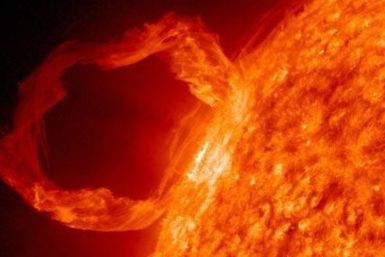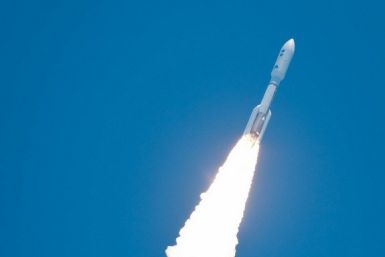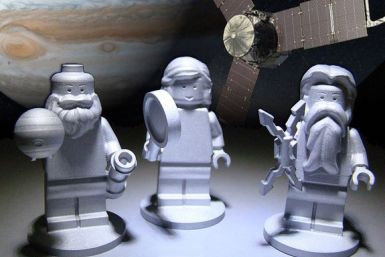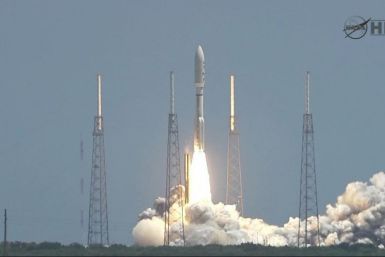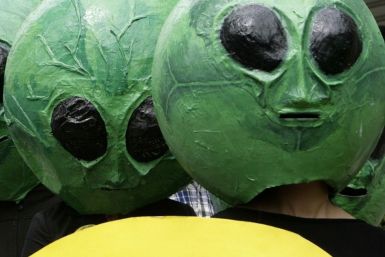Researchers confirmed for the first time that a band of anti-matter particles, called anti-protons, enveloping the Earth. The study, published in Astrophysical Journal Letters, confirms theoretical work that predicted the Earth's magnetic field could trap antimatter.
Solar storms or the current of charged particles from the sun, in the event of hitting earth, could potentially wreak havoc on the planet causing power outages, scrambled GPS and communications failure. It could leave us in the dark for months together by generating overlapping electrical currents in Earth's magnetosphere.
Once there, Juno orbit 33 times around the Jupiter's poles and collect data that scientists have keen interest in, as the gas giant has an amazing composition, which is said to resemble a star, like the sun.
Prince Harry wants to be a NASA astronaut?
NASA Spacecraft Juno launched from Florida on Friday and began its 5-year journey (1,740 million miles) to Jupiter. Upon arrival, it will study the gas giant for 1 year.
NASA sent a new spacecraft into space on Friday, taking with it cutting edge scientific instruments and Lego toys as it hurls towards its death in the name of science.
After settling at Jupiter's orbit, Juno will study the planet for one year to learn how and when it existed. The study will help to understand the planet formation processes as well as the evolution of the solar system, researchers said.
"Harry has already completed his studies of Land and Sea Surveillance and Oceanology - part of Astro training - and can't wait to get into one of Nasa's T38 training jets," a royal source said.
NASA's Mars Reconnaissance Orbiter revealed on Thursday that highly salty water may flow on Red Planet during the warmest months, which raise the chances that life could exist on Mars.
NASA launched spacecraft Juno for its Jupiter mission at 12:25 p.m. ET on Friday.
A look at some of the funniest films in history.
Boeing said that two of its employees will act as crew members in the first manned mission of its new astronaut capsule. The company confirmed that it will use the Atlas 5 rocket to test on three flights in 2015.
NASA launches Juno into space as the spacecraft heads towards the solar system's biggest planet.
Boeing selects United Launch Alliance's Atlas V rocket for its spacecraft.
Defense contractor Boeing said on Thursday that it plans to launch its spaceship towards the International Space Station powered by Atlas 5 rockets.
What NASA planned in its post-shuttle space projects? Would more non-human space explorers be seen in the near future? After the shuttle fleet, astronomical science projects without human beings on board could come into U.S. space spotlight.
Boeing Co (BA.N) announced plans to launch its seven-seat spaceship on a test run to the International Space Station in 2015 using Atlas 5 rockets built by its United Launch Alliance venture.
Humanity has come to terms with being alone in the wilderness of the universe with every single speculation on spotting intelligent extra terrestrial life yielding no result. Aliens thus exist only in our imagination fueled by colorful fictitious characters.
Vibrations from the devastating earthquake that hit Japan in March 2011, triggering a massive tsunami, had almost reached the outer space, a new study has revealed.
The collision of two moons orbiting Earth may have resulted in the planet's present-day lopsided moon, scientists say. Research published on Wednesday in the journal Nature states that in its younger years, Earth's moon was shadowed by a lightweight companion that was about one-thirteenth of its mass.
NASA is tracking the tropical storm Emily as it approaches Haiti and other nations.
The European based VISTA Variables Telescope was able to see through dusty regions of the galaxy and discover 96 new star clusters.









